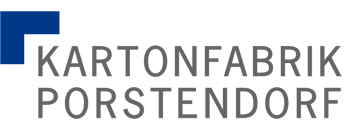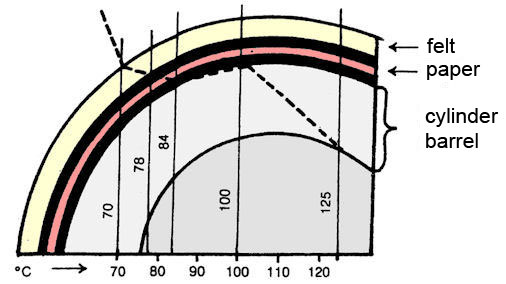WE MAKE BOARD
Machine Cardboard Production
Cardboard is made from groundwood, pulp and recovered paper and is a material used in the packaging sector for the manufacture of boxes, crates and cardboard packaging as well as for intermediate layers. Cardboard is used in printing plants and in the graphics industry as a printing background or laminating surface for pictures, posters and art prints.
Production
During cardboard production, several layers of paper with different thicknesses and compositions are couched (pressed) together – without the use of glues. Board production is similar to paper production.
In the first production step, recovered paper and pulp are prepared for use in the manufacture. The pulp is separated into its component parts (fibres) in the waste paper treatment plant and macerated or broken up into a mixed pulp for production.
During the treatment process, the material is also freed from foreign bodies and polluting agents; subsequently, the printing inks still present on the recovered paper are removed in a de-inking process.
A basic principle of the treatment is to ensure that the mixture contains both recycled materials and new, unused fresh fibres, as the paper fibres become shorter with every new treatment process and thus lose their tear resistance and strength. This loss of strength not only has an impact on the cardboard’s quality but also leads to tearing of the cardboard sheets on the board machine.
The dryer section of a board machine is the most intricate and expensive part, using about 65% of the total energy cost of cardboard production. This section of the manufacturing process also creates the future surface properties such as the smoothness (machine finished, smooth on one side etc.) The board’s sizing also takes place in the dryer section. The still-wet board sheet is fed through a number of rolling mill and drying rollers (calenders), which dry the board little by little, giving it its eventual stiffness and tear resistance.
After the last step of the dryer section, the board can be smoothed further with a chromium-plated calender. It then leaves the dryer section and is cut to the required size in a final step.
cylindrical sieve with overflow and DC cylindrical sieve



